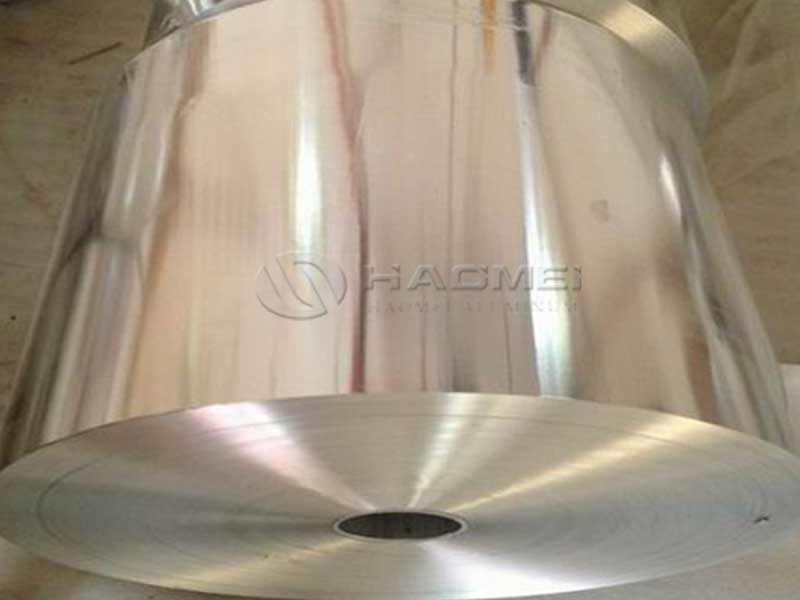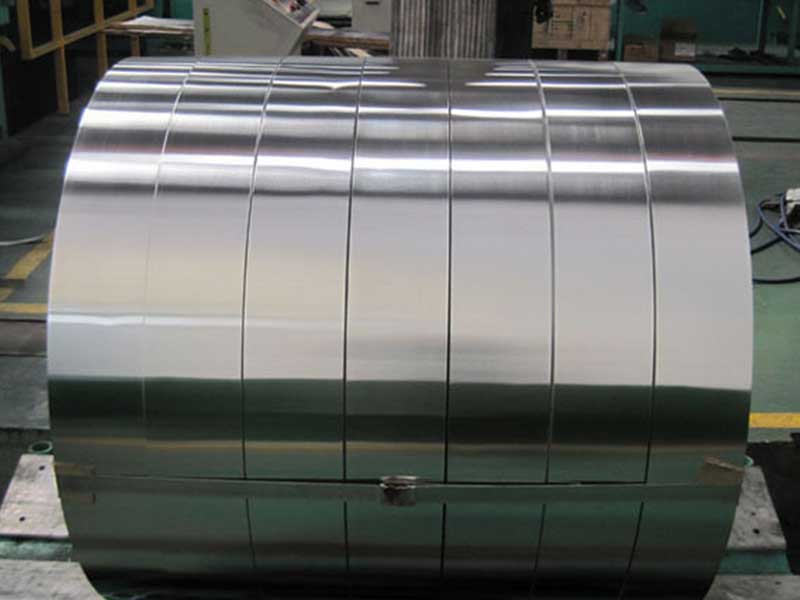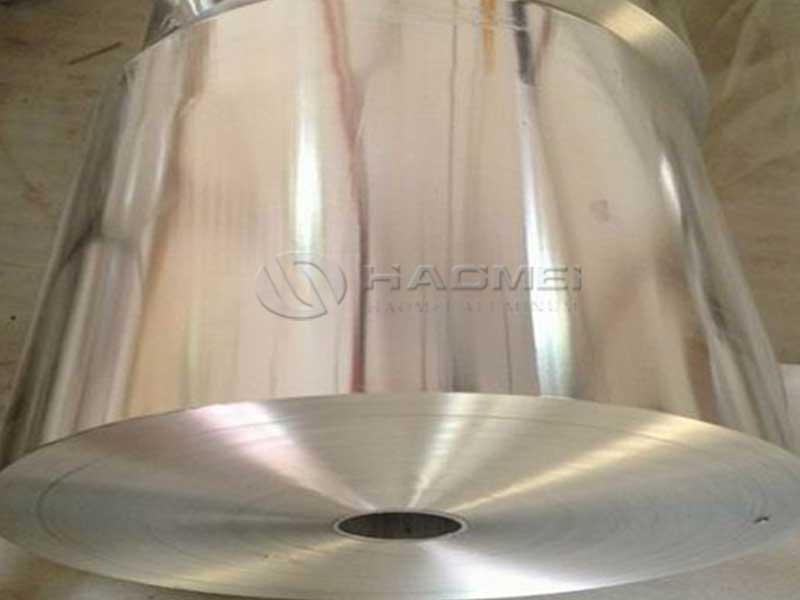2024-09-26 https://www.aluminum-coils.com/a/4045-3003-4045-fin-aluminum.html
In the world of aluminum alloys, 4045 and 3003 fin aluminum stand out for their unique properties and wide-ranging applications. Particularly in the manufacturing of heat exchangers, these alloys offer substantial benefits that boost efficiency and performance.
What is 4045 Fin Aluminum?
4045 aluminum alloy is primarily known for its exceptional performance in brazing applications, thanks to its melt-in-point characteristics. This alloy features a high silicon content, which aids in effective bonding and improves corrosion resistance. The key attributes of 4045 fin aluminum include:
- Enhanced Thermal Conductivity: The 4045 alloy's thermal performance is one of the best available, making it perfect for use in heat exchangers.
- Excellent Corrosion Resistance: Due to its chemical composition, 4045 fin aluminum effectively resists many of the corrosive substances found in various industrial settings.
- Versatile Integrity: This alloy is designed to retain structural integrity even under high-heat conditions, which is essential for reliable heat exchange.
These factors make 4045 fin aluminum a top choice for industries requiring robust and efficient thermal management solutions.
Advantages of 3003 Aluminum Alloy
On the other side, 3003 aluminum offers a remarkable package of benefits that lends it a valuable position in various applications. Here’s why 3003 aluminum is often used in conjunction with fin technology:
- Superb Workability: 3003 aluminum is known for its high formability. This makes it easy to manipulate into intricate shapes needed for effective fins.
- Lightweight: The low density of 3003 aluminum keeps equipment weighs down, providing an efficient design for mobile applications.
- Good Stress Corrosion Resistance: It displays excellent resistance to alkaline cleaning solutions, which is a pivotal requirement for many manufacturing processes.
The Synergy Between 4045 and 3003 Fin Aluminum
When utilized together, 4045 and 3003 fin aluminum significantly enhance heat exchanger performance. The robustness of 4045 enables the creation of fins that can withstand extreme conditions while the formidable nature of 3003 allows for superior fin design and the ensuing thermal performance.
- Effective Heat Conduction: By integrating these alloys, manufacturers can achieve optimal cooling capacity within heat exchangers—critical for many HVAC systems and other cooling technologies.
- Longevity and Performance: Combining corrosion resistance from 4045 and the easy machinability of 3003 prolongs the lifespan of heat exchangers and their components.
Applications of 4045 and 3003 Fin Aluminum
Industries that extensively use both 4045 and 3003 fin aluminum include:
- HVAC Systems: The air conditioning and refrigeration sectors leverage these alloys for their efficiency in heat exchange processes.
- Automotive Radiators: Innovative designs in automobile cooling systems often incorporate these alloys for superior thermal management.
- Power Generation: Both alloys are used increasingly in renewable energy applications, such as solar panels, to maximize energy conversion efficiency.











